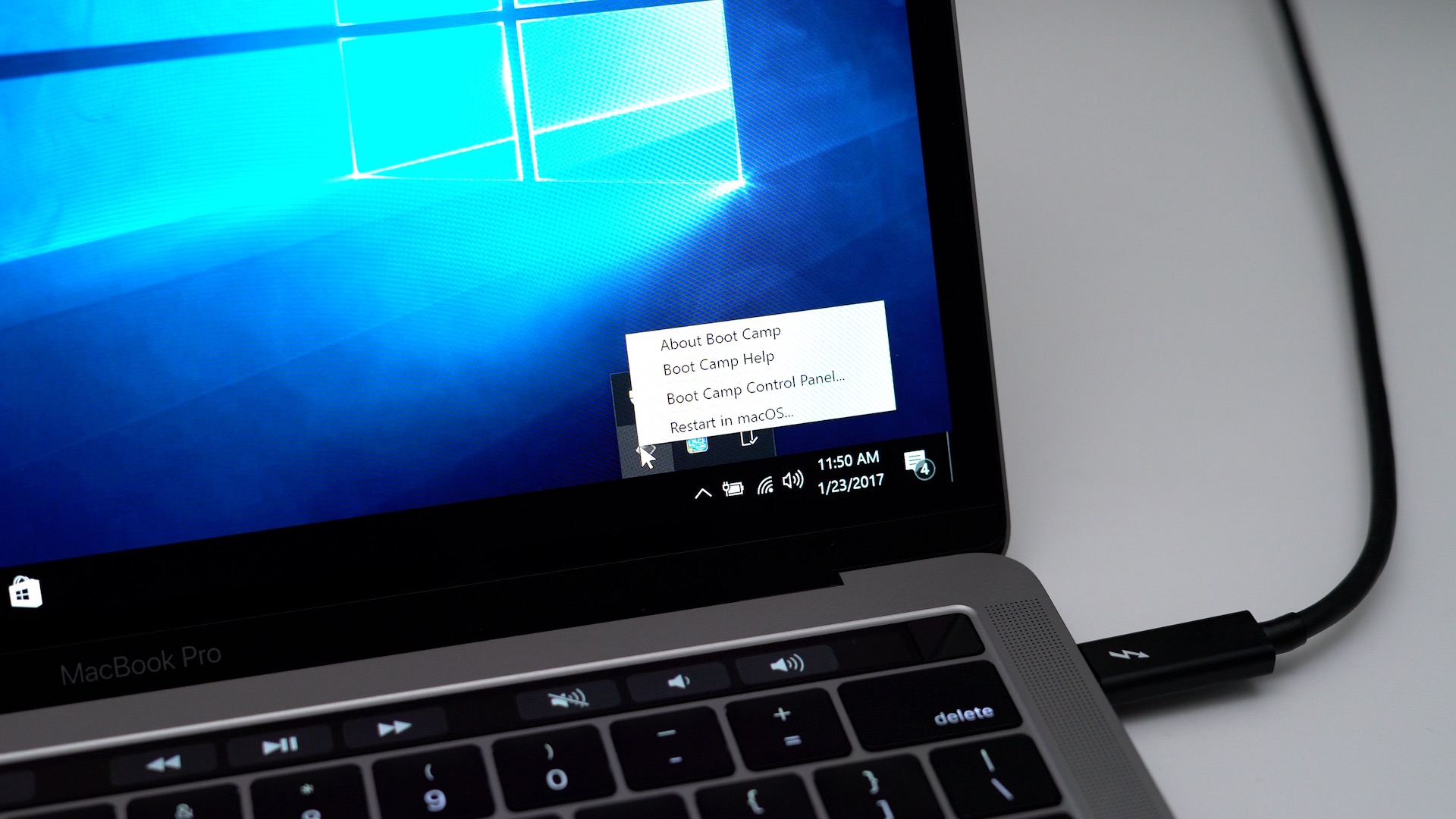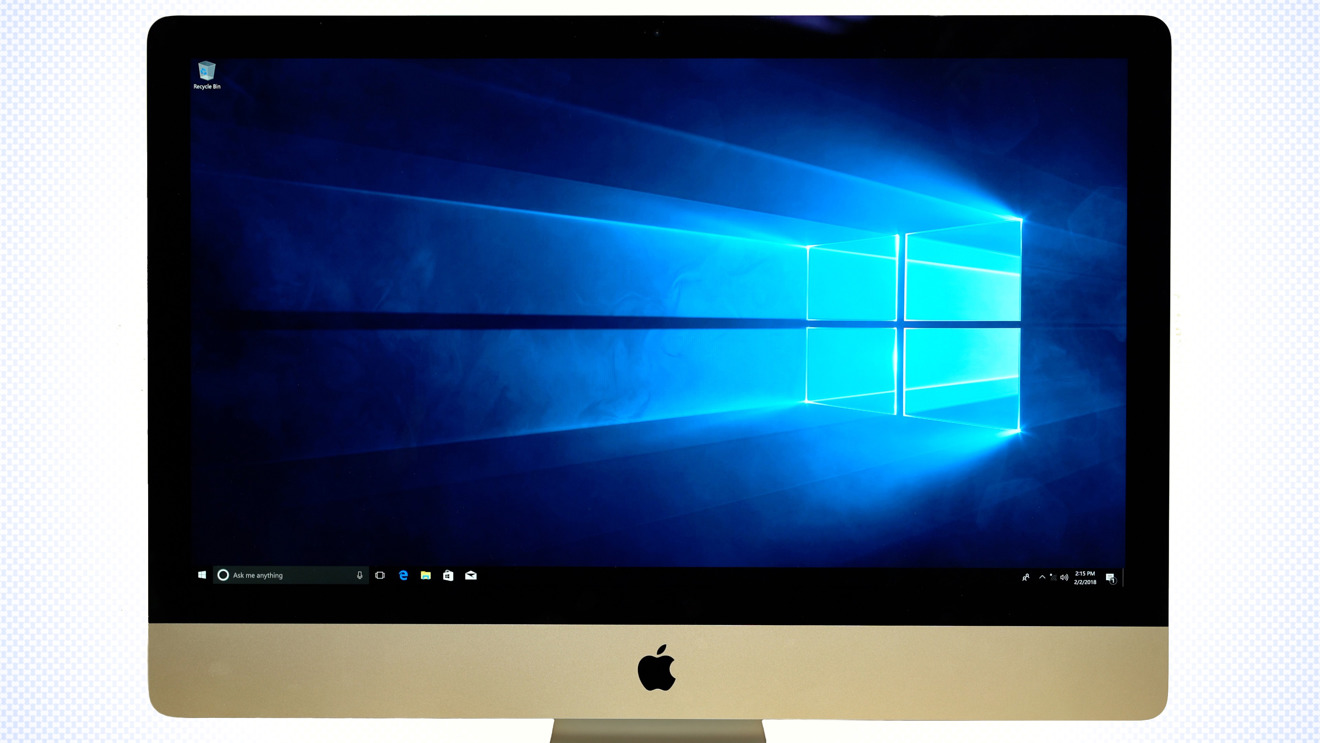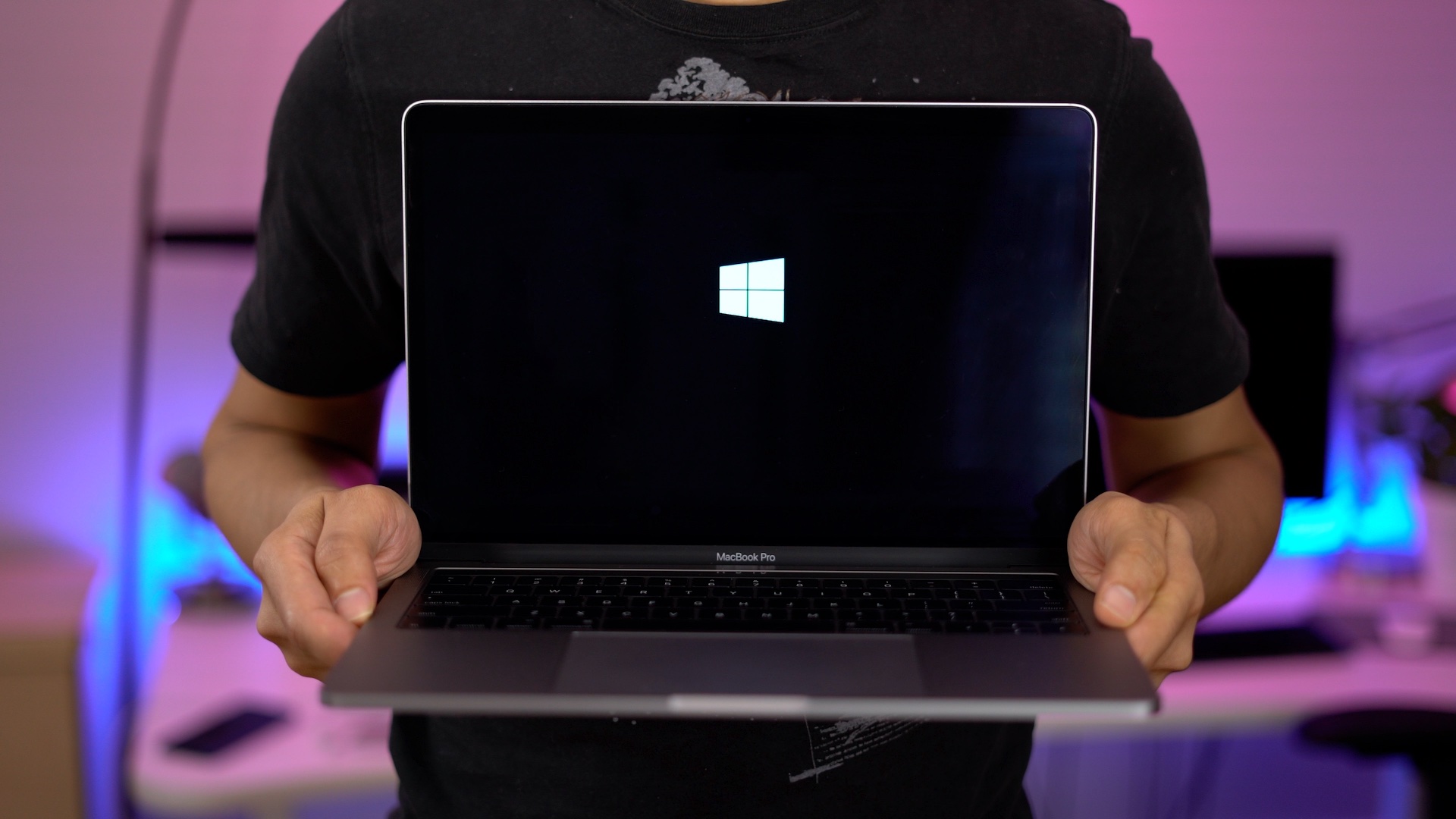Once the Boot Camp Assistant does its job, your Mac reboots and—thanks to a recent firmware update—you can insert your Windows XP installation CD and it will be recognized as a bootable volume. Open Boot Camp Assistant, remove the partition your created and return the drive to its original state with only OS X. Open Boot Camp Assistant and select the option to read the documentation. Create a new Boot Camp partition then begin the installation of Windows for which you will need a real Windows installer DVD or follow the procedure for. In Boot Camp, the SSD in that MacBook Air performs far worse than an SSD should. By way of contrast, a Samsung SSD in a 2009-vintage Dell notebook earned 130.2 MB/s on that score. Boot Camp is the software that was created to enable Windows to run on your Mac. You may have needed Windows in the past, for work or school, but as technology progresses, it is becoming more and more likely that you can just do everything on the Mac side, rendering Boot Camp obsolete.

Home > Articles > Home & Office Computing > Mac OS X
␡- Choosing How to Run Windows on a Mac
This chapter is from the book
This chapter is from the book
Over the past few years, the Macintosh has risen in popularity among both home and business users. Applications that, for a long time, have been PC-only (such as Outlook and AutoCAD) are finding their way back to the Mac. And, unlike the early years of incompatibility, it is easy to integrate Mac OS X Lion into a Windows network. On top of all that, the Mac’s capability to actually run Windows applications is just another reason to love Mac OS X’s versatility.
Choosing How to Run Windows on a Mac
Despite the Mac’s power and range of software, there are still quite a few reasons that you might need to run Windows:
Mac Boot Camp
No Mac version of the software you need—Windows has by far the largest collection of desktop applications. Some developers don’t create Mac versions of their software, especially in specialty markets. In that case, you need Windows to run one of those non-Mac programs.
The Mac equivalent just isn’t the same for you—If you use Windows at work, or if you used to run Windows at home, you might have a favorite Windows program that doesn’t have a Mac version. There might be Mac applications that do something similar, but you really like the version you were using on Windows. In that case, you need Windows in order to install and run that program.
Better gaming opportunities—If you like to play games, you probably already know that the Mac isn’t the top gaming platform. Windows is very game-friendly, and many games don’t have Mac versions. In that case, you need Windows for the optimum gaming experience.
Access to the full Microsoft Office suite—If you’re an Office user, you already know that the Mac version of Office doesn’t come with the popular Access database program or OneNote. If you really need to use those applications, you need Windows to run the latest version of Microsoft’s Office suite.
Should You Boot Camp Your Mac Pro
In all these examples, you probably only need to use Windows every now and then, or just for short periods each day. Buying a separate PC to run Windows will set you back hundreds of dollars (at least), which is more than likely wasteful for something that you won’t be using all that often. On the other hand, each of the methods for running Windows on your Mac that I talk about in this chapter is entirely free (although you might also need a copy of Windows, so be sure to add that into your budget). Either way, running Windows on your Mac is much more economical than using a separate PC, and you don’t have to clutter your desk with multiple monitors, keyboards, and mice.
Understanding Boot Camp
The option that is native to OS X Lion is running Windows via Boot Camp. When you use this option, you can choose to boot your Mac in the Mac OS or in Windows. When you boot in Windows, you have a fully functional Windows PC on your hands. (It will probably outperform many dedicated Windows machines, too.) This option is great because it enables you to run Windows and its applications on your Mac. However, this method has one significant flaw: You have to restart your computer each time you want to switch from Mac to Windows and then back again. If you run Windows applications only rarely, this might not be so bad, but if you regularly run a couple of Windows applications, you waste a lot of time restarting the computer.

Understanding Virtualization Software
The second option is to use virtualization software. This approach provides a virtual environment (also called a virtual machine or VM) in which you install and run Windows. Because the virtualization software is just another application running on the Mac, you can switch to it as easily as moving to any open Mac application. So, you can leave Windows running all the time and jump into it when you need it. This makes using Windows much more convenient than the Boot Camp option. The performance of Windows in the virtual environment isn’t noticeably slower than running it under Boot Camp or even on some Windows hardware. Additionally, popular virtualization software is available free on Lion, although you might want to purchase a commercial alternative if you require support.
In the remainder of this chapter, you get information about each of these methods so that you can choose the one that works the best for you.
Related Resources
- Book $55.99
Boot Camp Mac Download Free
- eBook (Watermarked) $55.99


Should You Boot Camp Your Machine
- Web Edition $55.99
